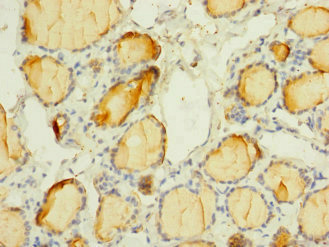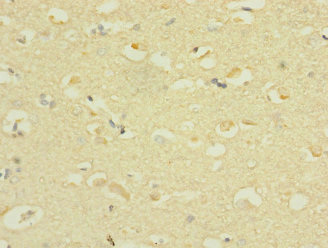brain III voltage-gated sodium channel antibody; NAC3 antibody; Nav1.3 antibody; SCN3A antibody; SCN3A_HUMAN antibody; Sodium channel protein brain III subunit alpha antibody; Sodium channel protein type 3 subunit alpha antibody; Sodium channel protein type III subunit alpha antibody; Sodium channel protein, brain III subunit alpha antibody; sodium channel, brain type III, alpha subunit antibody; sodium channel, neuronal type III, alpha subunit antibody; sodium channel, voltage-gated, type III, alpha polypeptide antibody; sodium channel, voltage-gated, type III, alpha subunit antibody; Voltage gated sodium channel subtype III antibody; Voltage gated sodium channel subunit alpha Nav1.3 antibody; Voltage-gated sodium channel subtype III antibody; Voltage-gated sodium channel subunit alpha Nav1.3 antibody







